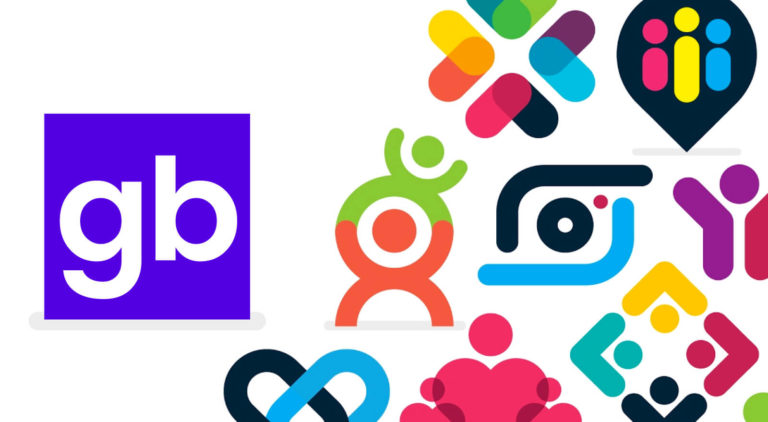Email marketing must sometimes feel like the older forgotten cousin of the digital marketing world. In today’s modern age with a high emphasis on ‘get rich quick’ social marketing, email has perhaps been unfairly neglected.
But, we feel, it’s still a crucial part of any business. It’s a method that arguably, unlike any other, can truly build relationships and nurture leads and potential customers. Here, we’ll look at why you should be using email within your marketing mix and why it’s more relevant than ever.
The largest marketing channel in the world
A method that allows you to target and nurture leads directly? A channel that has more users than Facebook, Twitter and Instagram combined? Sounds too good to be true, doesn’t it? Believe it or not, that’s email marketing. From its revolutionary beginnings, through to the spam filled mid-noughties and mobile-centric current day, email marketing has stood the test of time and it’s firmly here to stay.
Think how often you’re asked to enter an email address when completing actions online? Ever wondered why? The answer is pretty simple.
Email is the currency of the web and anyone who is online has an email address.
So, when it comes to connecting with prospects and potential customers, there’s no channel with a wider reach than email.
Straight into the hands of your potential customer
One of the biggest advantages is it’s the easiest and most direct way of reaching out to prospects. Whereas success on social media is still in part reliant on users following and keeping up to date with you, email marketing lands straight in recipients’ inboxes, and in the modern day, literally into their hands. Add to that, the fact you’re increasingly required to pay to have your message seen and heard on social, and you can start to see why email marketing is still so effective.
In terms of stats, it’s through organic reach in some cases on Facebook has reached as low as 2%. In comparison, around 90% of emails arrive at the intended recipient’s inbox, meaning you’re a massive 45 times more likely to have your message seen using email as opposed to one certain social channel!
Like everything else in the world, email marketing has gone mobile. That means businesses now have a means of communication with their customer 24 hours a day, 7 days a week (but don’t start sending emails at 3 am, that might be a bit annoying and worthless).
At no other time since our existence on earth has this been the case. Two-thirds of emails are read on either smartphones or tablets, with an even higher percentage (75%) of Gmail users accessing their accounts on mobile devices. This gives a good indication of the potential size of email marketing, and by now you should be starting to see the possibilities and impact this channel can have on your business.
Building relationships and converting leads
Building relationships are crucial to warming and converting leads. With automated email platforms, it’s relatively straightforward to set up the right message, in the right place, at the right time. But it’s executing and delivering this which is a much harder task!
It’s all about tailored relevant messaging that hits the spot with your reader.
It’s normally the case, or should be, that the recipient has given you permission to be in their inbox either through being already being a customer or signing up for some of your content (e.g. eBook, Newsletter, blog updates). Sometimes, however, email address magically (apparently) just ‘find their way onto campaign lists’.
Either way, your content needs to be relevant and informative, and most importantly be of some sort of value to the person opening your email. This relevance should remain throughout the nurturing journey, and if anything, only increase the more you communicate with that person or segment (more on that soon) of your list. Through this nurturing, you can really begin to build loyalty and trust in your brand, both elements that are key to converting any lead.
To take things a step further, segmenting lists can really enhance your email marketing capabilities. Here, different groups can be sent even more relevant and tailored messages, depending on previous actions they’ve taken with your emails. As a result, leads begin to truly feel valued with content being specific and of interest to them – naturally warming them up that little bit more!
Now they just need a little persuasion to take them to the next level. There’s no cold calling or invading personal space here. They’re on your mailing list because they want to hear from you!
One important thing to remember is to be personable and personal. You’re speaking to people who’ve already shown an interest in your company, they’ve perhaps bought a product in the past, signed up to your mailing list or registered their interest in an event. You already know their name, amongst other things about them, so use this when you send them emails. Using personalisation techniques is a major trend in email marketing and companies are reaping the rewards of making the most of the opportunities this rich data provides. Knowing names, personas, date of birth, preferences and interests can all increase your stats and ROI. Unlike the saying, it’s certainly a case of ‘who you know AND what you know’.
As we’ll talk more about with ROI, it takes a lot to beat email marketing when it comes to cold hard sales and conversions. Whereas the average click-through rate from a tweet is around 0.5%, the average click-through rate of an email campaign is around 3%! That means your six times more likely to tempt someone to click-through to your site via email than you are via Twitter.
A healthy and measurable ROI
In comparison to other digital marketing methods, email has relatively low running costs. Of course, they’ll be the initial outlay of set up and implementation, but once the foundations are in place there are very few continuous maintenance costs – especially compared to the potential return.
In terms of ROI, according to Campaign Monitor’s annual report, for every $1 spent, email marketing generates $44. So, despite the explosion and focus on social marketing, for over 10 years email has remained the channel generating the highest ROI for marketers, and that doesn’t look like changing anytime soon.
Through the help of inbuilt tools, measuring ROI is fairly straightforward. Pretty much every email marketing platform will provide you with analytics and ready-made reports that include open, click-through and bounce rates, allowing you to then calculate these against your email spend and expenditure.
It’s here to stay
By now it’s pretty clear that email is no trend or flash in the pan. It’s not the next MySpace or MSN Messenger that’s set to fade into obscurity overnight. As long as the internet’s here, it’s fair to say email will be too. As a result, building a strong email marketing platform and the audience is a stable and wise, long term investment. That’s not to say things won’t change in parts. As we’ve seen in the past 20 years it’s certain to develop over time, but the same underlying principles and methods will undoubtedly apply.
Like all good things, email is timeless and who knows? Maybe it’s even like a fine wine that will get better in time!
A glance at the tools at your disposal
In terms of platforms and software, there’s a whole host of options to choose from with each offering different advantages. Platforms such as MailChimp, Campaign Monitor and HubSpot allow for the drag and drop creation of visual and image led templates, which can easily include branded headers and logos. There are various automation options and analytics tools within these to, providing a clear view of how your messages are performing and interacting with leads. Overall, these platforms provide a simple but effective method of email marketing.
For those looking for more complex systems that segment and group users based on actions, platforms such as Drip and Infusionsoft are what you should be looking at. These will effectively filter leads into different channels based on such self-defined actions and triggers as ‘showing interest’, ‘click through’ and ‘unopened’. You can then create content and schedule messages that directly relate to each of these actions, thus tailoring your messaging to the status of your lead.
All of these platforms offer different forms of integration with your wider CRM systems, but ensuring these are optimised with your social and inbound marketing is crucial to attracting and converting customers.
If you’d like to find out more about email marketing and how we can help integrate this into your business, please get in touch by dropping us an email or contacting us on 07801 214657




